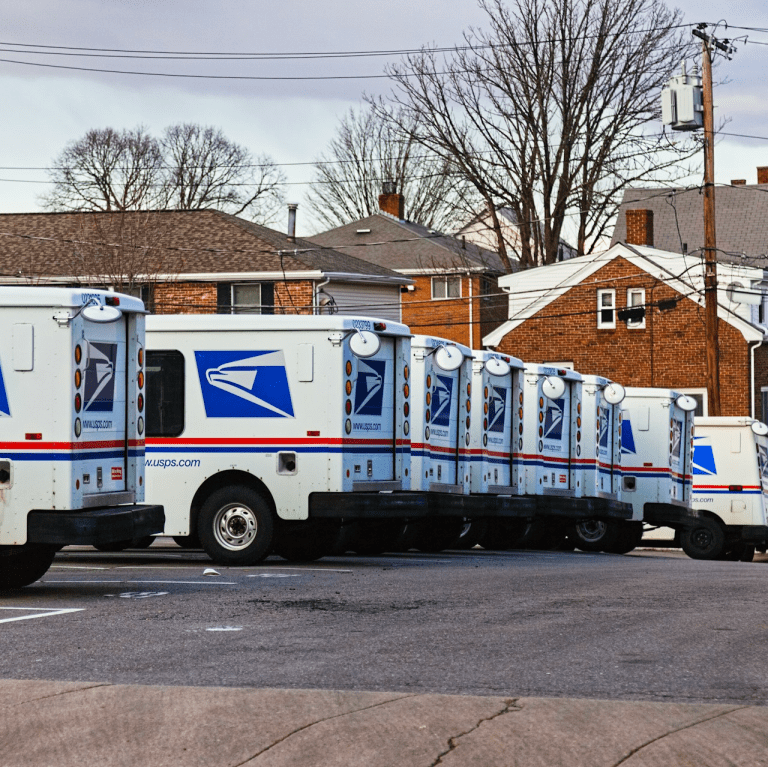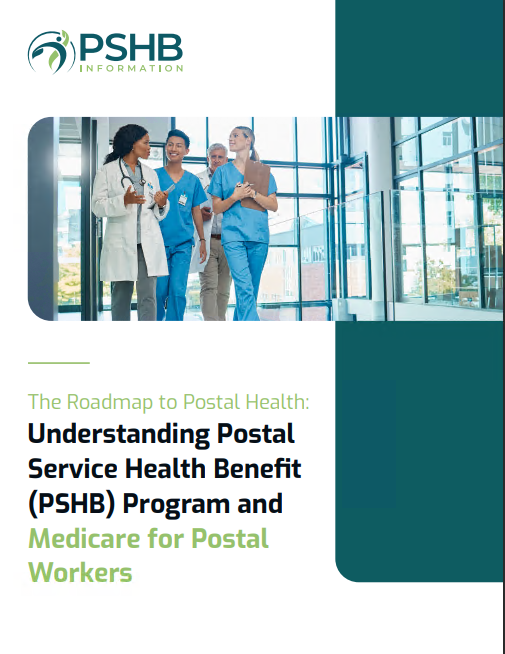Key Takeaways
-
The Postal Service Health Benefits (PSHB) program brings a significant overhaul to health coverage for USPS workers and retirees in 2025, emphasizing tailored plans and better Medicare integration.
-
New rules require action during Open Season and Medicare enrollment for some, making preparation and plan evaluation essential.
A Fresh Start for Postal Workers’ Health Benefits
The introduction of the Postal Service Health Benefits (PSHB) program in January 2025 marks a major shift in how USPS employees, retirees, and their families access healthcare. This change replaces the Federal Employees Health Benefits (FEHB) program, with a renewed focus on USPS-specific needs. Whether you’re planning for retirement or actively working, this is a big deal—and it’s happening soon.
The program brings with it a unique opportunity for tailored healthcare, especially for Medicare-eligible individuals. It’s important to know what’s coming, what you need to do, and how this change will impact you and your family’s health coverage.
Why the Change? The USPS’s Big Shift
The USPS’s move to PSHB is part of a broader effort to modernize its operations and ensure long-term sustainability. Here are the main drivers behind this shift:
-
Cost Control: Rising healthcare expenses have pushed the USPS to develop a program more aligned with its workforce’s unique needs.
-
Tailored Plans: Unlike FEHB, PSHB allows for healthcare plans specifically designed for postal workers and retirees.
-
Medicare Integration: By streamlining coverage for Medicare-eligible individuals, the USPS can reduce redundancies and improve efficiency.
This transition isn’t just about cutting costs—it’s about creating a better system for USPS employees and retirees.
Key Dates You Can’t Miss
The PSHB program rollout comes with critical deadlines. Mark these dates on your calendar to stay on top of things:
-
Open Season: November 11 to December 9, 2024. This is your chance to evaluate and choose the PSHB plan that works best for you. If you don’t make an active choice, you’ll be automatically enrolled in a corresponding plan.
-
Program Launch: Coverage officially begins January 1, 2025.
By preparing during Open Season, you can avoid unnecessary surprises and ensure your coverage fits your needs.
What’s New with PSHB?
1. Medicare Part B Becomes Essential
For Medicare-eligible retirees and dependents, enrolling in Medicare Part B is now a must to maintain PSHB coverage. Here’s how it breaks down:
-
Who Needs It: Most annuitants and eligible family members must sign up for Medicare Part B. Exceptions apply if you retired before January 1, 2025, and haven’t already enrolled.
-
Cost: The standard monthly premium for Part B is projected to be $185 in 2025. Keep in mind, this is separate from your PSHB premiums.
-
Coordinated Coverage: Medicare becomes your primary insurer, with PSHB acting as secondary coverage. This setup reduces your out-of-pocket expenses while ensuring comprehensive benefits.
2. USPS-Specific Plans
PSHB plans are crafted with USPS employees and retirees in mind. This means the coverage will focus on your unique healthcare needs. However, it also means your current FEHB plan might not directly translate to PSHB. Reviewing your options carefully is essential.
3. FEDVIP Coverage Remains Separate
The Federal Employees Dental and Vision Insurance Program (FEDVIP) will not be included in PSHB. If you want dental and vision coverage, you’ll need to enroll in FEDVIP separately during Open Season. Make sure to evaluate whether your current dental and vision plans still meet your needs.
What If You’re Retired?
If you’re already retired, the shift to PSHB will still affect you. Here’s what to consider:
-
Medicare Coordination: Enrolling in Medicare Part B becomes essential for most retirees to maintain PSHB coverage. This means additional costs, but also improved coordination of benefits.
-
Exceptions: Retirees who left service before January 1, 2025, and aren’t already enrolled in Part B may not be required to sign up.
Proactively understanding these changes will help you avoid gaps in coverage and ensure you’re making the best financial and healthcare decisions.
How to Prepare for Open Season
-
Start Researching Now: Don’t wait until the last minute. Take advantage of resources USPS and the Office of Personnel Management (OPM) provide to familiarize yourself with the new plans.
-
Evaluate Your Family’s Needs: Make sure all eligible family members are covered under a plan that meets their healthcare requirements.
-
Budget for Medicare Part B: If you’re Medicare-eligible, plan for the additional expense of Part B premiums.
-
Use Comparison Tools: Online tools will be available to help you compare premiums, deductibles, copays, and network providers for different PSHB plans.
-
Ask Questions: Don’t hesitate to seek guidance from HR or a benefits specialist if you’re unsure about your options.
What Happens If You Don’t Act?
If you don’t actively choose a PSHB plan during Open Season, you’ll be automatically enrolled in a similar plan. While this ensures you’ll have coverage, it might not be the best fit for your specific needs. Here’s what auto-enrollment doesn’t account for:
-
Changes in your healthcare requirements.
-
Provider preferences, such as specific doctors or specialists.
-
Premium affordability and out-of-pocket costs.
Taking the time to actively review your options gives you the power to select the plan that’s truly right for you.
PSHB and Medicare: A Partnership That Matters
The integration of PSHB with Medicare is designed to provide better coverage while reducing costs for Medicare-eligible participants. Here’s how it works:
-
Primary and Secondary Coverage: Medicare Part B covers your primary healthcare expenses, while PSHB handles secondary costs like copays and deductibles.
-
Prescription Drugs: PSHB plans will include robust prescription drug coverage, complementing Medicare’s offerings without requiring separate Part D enrollment.
-
Lower Out-of-Pocket Costs: By working together, Medicare and PSHB aim to minimize your financial responsibilities, ensuring more predictable healthcare spending.
Questions You Might Have
Will My Current Doctors Be Covered?
Each PSHB plan will have its own network of providers, so it’s important to confirm that your preferred doctors, specialists, and hospitals are included. Use plan comparison tools to check.
What If I’m Not Eligible for Medicare?
If you don’t qualify for Medicare, you can still enroll in a PSHB plan. Your coverage will function similarly to how FEHB currently works.
Will Premiums Be Higher?
While PSHB premiums are expected to align closely with FEHB costs, the specifics will vary by plan. Review your options to find the most cost-effective choice for your needs.
The Benefits of Tailored Coverage
The move to PSHB isn’t just a logistical change—it’s an opportunity for better, more relevant healthcare coverage. Here’s why this matters:
-
USPS-Specific Focus: PSHB plans are built with postal workers in mind, providing coverage options that reflect your unique needs.
-
Streamlined Benefits: By coordinating more effectively with Medicare, PSHB reduces administrative redundancies and simplifies your healthcare experience.
-
Long-Term Stability: The new system is designed to sustain employee benefits while managing rising costs, ensuring future generations of postal workers enjoy robust coverage.
Setting Yourself Up for Success in 2025
Change can be intimidating, but the PSHB transition also brings opportunities for improved healthcare and cost savings. With the right preparation—starting early, asking questions, and participating in Open Season—you can make the most of these changes. Take control of your benefits now to secure peace of mind for you and your family in 2025 and beyond.








